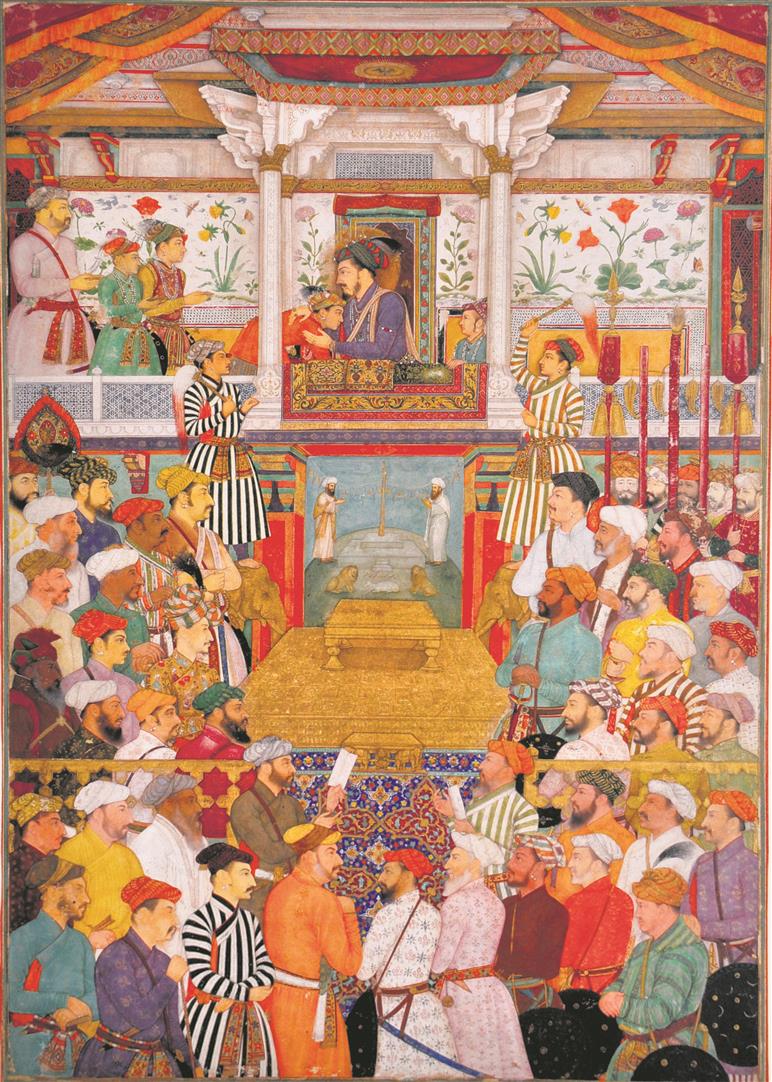top of page
The Tribune
July 26, 2021 at 12:00:00 AM

Please choose and click one of the following icons to discuss about this news in our Community.
Roda Ahluwalia’s ‘Reflections on Mughal Art & Culture’: A sumptuous repast
BN Goswamy
It is not easy to write anything on Mughal painting without recalling Ananda Coomaraswamy’s elegant, finely-cut words. Close to a hundred years ago, he began an essay by saying: “Mughal art is secular, intent upon the present moment, and profoundly interested in individuality …It is dramatic rather than static; young, fond of experiment, and ready to assimilate…” He went on in the same strain, returning to the theme while distinguishing the spirit of Mughal painting from that of Rajput painting, which, in his view, was “often essentially mystic in its suggestion of the infinite significance of the most homely events …inconceivable apart from the life it reflects”. Not all of what he wrote stands true today, for so much more has been discovered and published since, but nothing that he said can be ignored with a light wave of the hand.
Some thoughts needed to be exchanged, all the same — even if the Mughal period has not exactly been the flavour of the season in our land for some years now, and at the famed Cama Institute in Mumbai in 2017, a seminar on ‘Mughal Art and Culture’ was held. The event was ‘run’ by Roda Ahluwalia, who has now edited this valuable and finely produced volume, putting together all the papers that were presented at the conference. “The premise of the seminar,” as she writes in her introduction, “was to express ideas already germinating in scholarly minds, therefore a broad canvas of subject matter was offered across the Mughal spectrum, to enable participants to write on almost any subject they wished to research.” Seminars on academic themes, one needs to remind oneself, are a little like ‘mushairas’ — those wonderful poetic meets in the Urdu tradition — in which the convention used to be to keep a candle lit on the stage on which the participants sat, and was kept moving, being placed in front of one poet after another, as each one’s turn came. The audience kept listening with rapt attention.
To this scholarly meet, participants had come from near and far — from England and Europe, from the US and, of course, from India — each sharing thoughts they had long been researching. The range is truly wide, and keeps expanding, like concentric rings formed by a dropped stone on still waters. Kavita Singh opens with ruminations on Mughal Chronicles, rich as they are in words and images, ‘and the gaps in-between’; Mika Natif draws attention to the all but rarely seen portraits of Mughal women in illustrated histories; Roda herself focuses on a relatively little-known master, Nanha; Subhash Parihar urges one to look at Mughal murals that find depiction in Mughal miniatures and manuscripts. Ursula Sims Williams lets one into the Imperial Library of the Mughals, sharing inscriptions, some of them in the Emperors’ own hands, and fine seals; Cathy Asher explores Hindu temples in Mughal India that were a part of our multi-cultural history; Laura Parodi analyses the Mughal gardens while discussing their antecedents; Susan Stronge discusses lapidary arts in Mughal India when hard-stone materials were imparted incredible sheen and form; Anamika Pathak brings in other decorative art objects in her essay; Vivek Gupta discusses, using textiles, and a little-known poem, how attribution of an object to a place has a bearing on its entire meaning.
bottom of page









